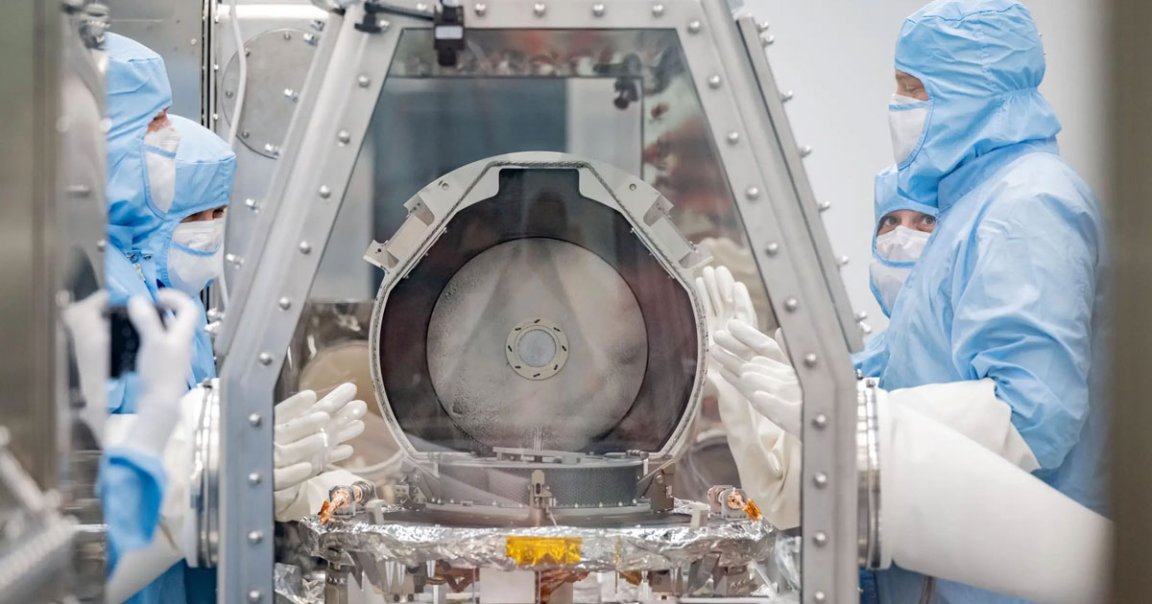
Special Delivery
Last month, NASA’s OSIRIS-REx mission successfully dropped off incredibly rare samples it collected from the asteroid Bennu, tens of millions of miles away, which could provide tantalizing glimpses into the earliest stages of our solar system.
The capsule safely landed in the Utah desert and was promptly delivered by air to a special curation facility at the agency’s Johnson Space Center in Houston.
Scientists soon cracked open the canister to find an abundance of material — and that’s not even counting the still-sealed chamber of the spacecraft’s TAGSAM (Touch-and-Go Sample Acquisition Mechanism) head, which holds most of the treasure.
In fact, there are so many “dark particles” coating the canister’s interior that it’s slowing down the curation process, according to a NASA statement.
“There’s a lot of abundant material outside the TAGSAM head that’s interesting in its own right,” said deputy OSIRIS-REx curation lead Christopher Snead of NASA’s Johnson Space Center in the press release. “It’s really spectacular to have all that material there.”
Touch-and-Go
The spacecraft rendezvoused with the 1,600-foot asteroid back in 2020. It slowly approached Bennu with its TAGSAM stretched out in front of it, briefly making contact and sending dust and small rocks flying.
It took OSIRIS-REx years to finally make it back to the Earth’s orbit. After successfully dropping off its loot, it’s now on its way to a different asteroid called Apophis, a journey that will take roughly 5.5 years.
Scientists are now performing a preliminary analysis of initial samples taken from outside of the TAGSAM head, scanning them with an electron microscope, X-ray, and infrared instruments.
They’re hoping to find out if the samples contain any organic-rich particles or hydrated minerals, which could offer us clues about Bennu’s origins.
This “quick-look” analysis will set the stage for far more involved analyses of larger pieces of sample — and we can’t wait to hear what they’ll find.
Updated to correct error regarding where the capsule landed.
More on the mission: Scientists Crack Open Lid of Canister Holding Asteroid Sample